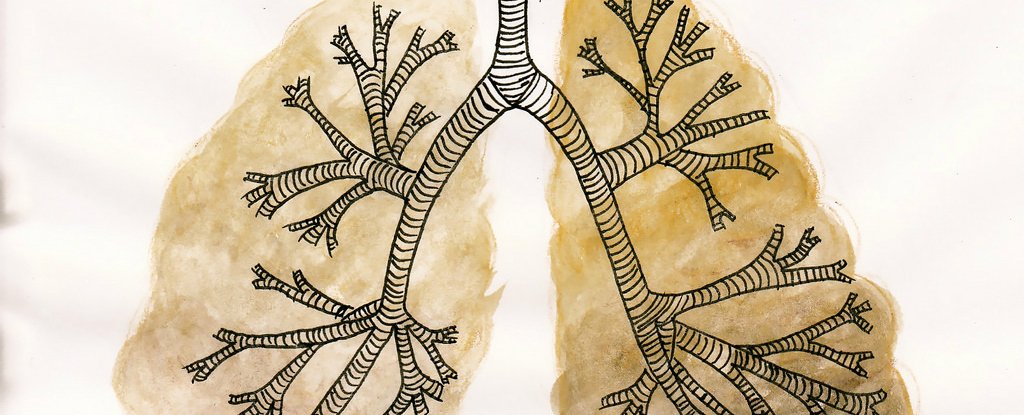
Like so much of the choreographed biological relational dance that defines our own being – this place in the cosmos that we have only just begun to capture in our meager abstract net of words – the monarch butterfly lives a life of connectivity to itself and nature that steps far beyond it’s own capacity to grasp. When we witness this spectacle of the monarch life cycles, we can only marvel on the sidelines and partly describe the processes as one of nature’s mundane acts of profound expression unfolds before us. Like us, the monarch butterfly cannot sufficiently explain the intricate depths of its own being, and yet it is somehow aware at some level how to navigate the environment that would swallow it if it did not press back proportionally with an effective strategy to negotiate the perils. The monarch cannot explain why it eats what it eats, why it is equipped the way it is, or breeds successive generations, each with specialized roles and specialized understanding, geared to migrate a partial leg of a journey that spans a number of monarch lifetimes and thousands of miles through a myriad of environmental variables and challenges. It cannot explain the depths of its own genius – to act as a singular cohesive unit in the face of variable challenges with a collective body that spans lifetimes and acts in unison to preserve the species as a whole.
The Monarch butterfly carves out its cycle of life in part through a 2500 mile journey every year over four specialized generations of travelers, each lifespan lasting 2 to 6 weeks, except for those that wait through the winter to make the journey again. Like the monarch, we also temporarily carry the torch for a larger body of life that continues beyond our individual lifespan; we play roles in this larger scheme that we may not completely understand. The degree to which we can make sense of this journey we are on is perhaps rooted in the theme that is expressed through all biological forms; that the mark we make, like ripples in this common pond in which we all swim, get carried forward in time depending on how much value they contribute to this common body of live from which we all spring and the extended journey we’re all on. While the significance of our lives exists mostly beyond our field of vision, we can see that what we are is seated on the continuing nourishment and protection of this delicate economy of mutually nourishing and protective relationships that define us as a coherent and continuing form.
An Incredible Journey: The Monarch Butterfly Migration
https://www.isfoundation.com/news/incredible-journey-monarch-butterfly-migration





